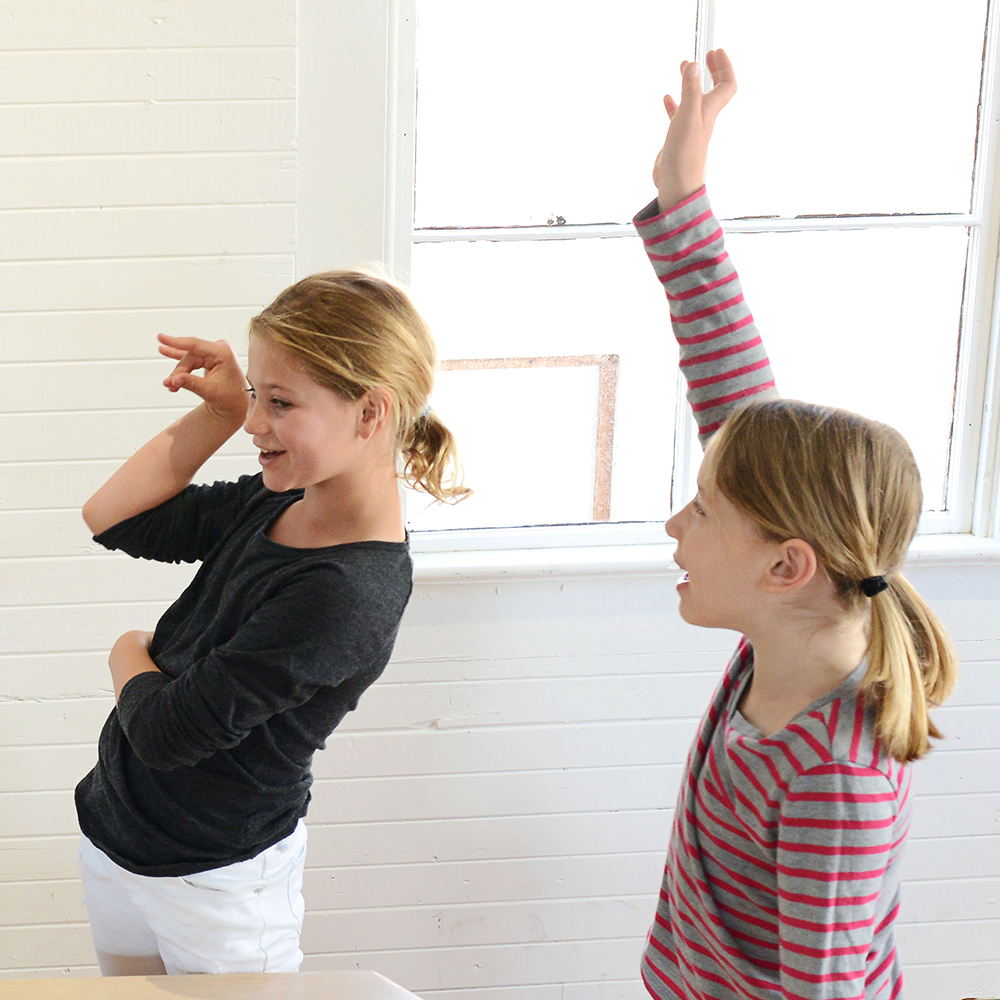Work as a team to build a larger-than-life version of a common household appliance through acting and improv. In this group activity, each person becomes a different part that makes up the appliance to create a realistic, moving model of the appliance. This activity encourages children to take risks and act out imaginary scenarios, a trait commonly found in creative people.
Materials Required
- No materials needed, just a group of people
Instructions
- Brainstorm a list of common household appliances. Take an imaginary walk through a typical house. What appliances are in each room? The coffee maker may be in the kitchen, and a pencil sharpener may be in the corner of the office.
- As a group, choose an appliance to represent. Brainstorm a list of the individual parts that make up the appliance. Imagine taking the appliance apart. The pencil sharpener may be plastic, but what is on the inside? Unscrew the plastic cover to reveal moving blades, and other important pieces.
- Assign a role for each person, and work together to determine how everyone in the group can “become” a piece of the appliance. Perhaps the blade of the pencil sharpener comes to life as one person continually swings her hands in a small circle. Or maybe others can lie down on the ground and use their feet as the blades. The opportunities are endless!
- Determine how each part fits together to create the appliance. Which parts need to be next to each other? Which parts need to move, and which ones remain stationary? Practice working together as a team to create a working model of the appliance.
- Time to share your creation! Challenge friends and family to guess which appliance your team is representing.
Additional Tips
Try these add-on activities:
- Invent a new appliance that would improve daily life. Work as a group to “become” this appliance and explain why the appliance should be invented.
- Eliminate one group member from the appliance and brainstorm how the remaining parts can work together to ensure the appliance still works. The group member that stepped out can act as a new part that can help fix the appliance in a creative manner.
- Find an old household appliance (i.e. a broken toaster or old coffee pot) and use simple tools to take it apart. Investigate each intricate piece and try to determine its function. Then, construct an intricate, human version of the appliance. Chances are, there are several “hidden parts” that are actually quite important!


